The COVID-19-related border control measures and the cap on the number of international arrivals are not being eased, the Central Epidemic Command Center (CECC) said yesterday as it reported 112 imported cases of the Omicron subvariants BA.4 and BA.5 of SARS-CoV-2.
Centers for Disease Control (CDC) Deputy Director-General Chuang Jen-hsiang (莊人祥), who is CECC spokesperson, said a meeting was held yesterday morning in which the Cabinet decided that current border control measures would remain in place.
He said the main considerations were global COVID-19 cases increasing 21 percent last week, imported cases of Omicron subvariants BA.4 and BA.5 continuing to be detected and passenger flow being expected to increase during the summer, so the international passenger arrival cap would remain at 25,000 people per week.
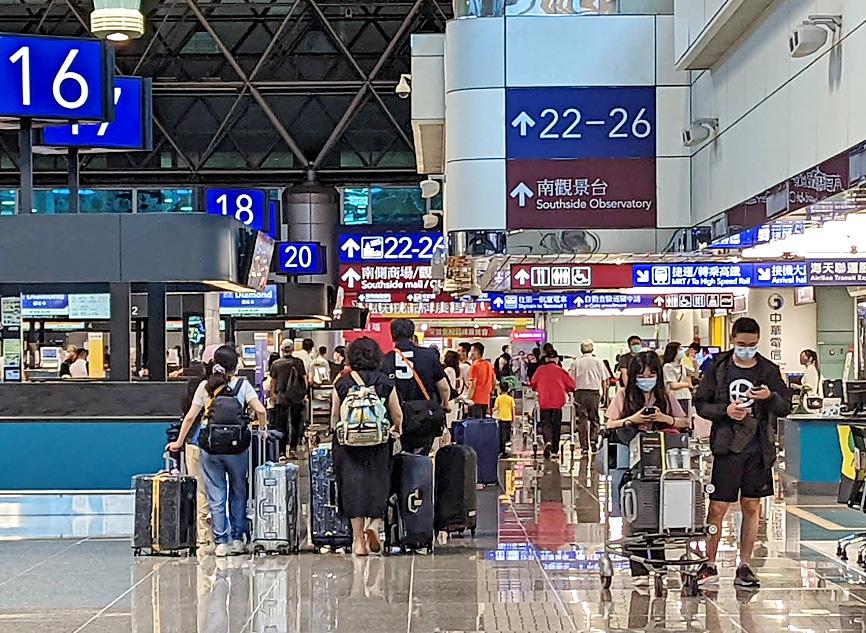
Photo courtesy of Taiwan Taoyuan International Airport
The CECC would continue to monitor the number of domestic infections and severe cases, as well as healthcare capacity, when conducting reviews of border control measures, he said.
The “3+4” quarantine policy — three days of home quarantine, followed by four days of self-disease prevention — that all inbound travelers have to follow, which was implemented on June 15, would also continue, Chuang said.
Most neighboring nations had waited until their number of new cases fell from the peak to a lower level before loosening their quarantine measures, but Taiwan already loosened its measures on June 15, when daily local caseloads were still relatively high, so the center would need to observe the impact for a little longer before deciding if the quarantine rules can be dropped, he said.
The Chinese Nationalist Party (KMT) yesterday urged the CECC to exclude Taiwanese from the 25,000 people per week passenger arrivals cap, citing many overseas Taiwanese who would lose their right to vote in elections in November if they could not return to Taiwan before July 26 and complete their household registration.
Chuang said that maintaining the passenger arrivals cap is not motivated by electoral considerations and that only about 23,000 Taiwanese returned between June 1 and June 14, when there was no passenger arrivals cap.
After the cap was imposed, about 41,000 Taiwanese returned between June 15 and Saturday, he said.
CDC Deputy Director-General Philip Lo (羅一鈞), deputy head of the CECC’s medical response division, said genome sequencing of the virus samples collected from 182 imported cases, who arrived between June 9 and June 26, found that 112 were infected with the BA.4 or BA.5 subvariants of Omicron, or 61.5 percent.
Among the 112 cases, 95 were infected with BA.5 and 17 with BA.4, and so far a total of 238 cases — 202 cases of BA.5 and 36 cases of BA.4 — have been detected in Taiwan, Lo said.
Genome sequencing of virus samples from 476 domestic cases since May 1 showed that none of them were infected with BA.4 or BA.5, so the two new subvariants have not yet been detected spreading in local communities, he said.
However, the number of cases are increasing in Singapore and Japan due to local spread of BA.5, so the center advised people to wear a mask and frequently wash their hands when visiting other nations.
The CECC yesterday reported 23,045 new domestic COVID-19 infections, 73 imported cases and 69 deaths.
Lo said a one-year-old girl, who had encephalitis and pneumonia after infection, died of encephalitis four days after being diagnosed with COVID-19, adding that so far 21 children had died of severe illness, including seven with encephalitis.
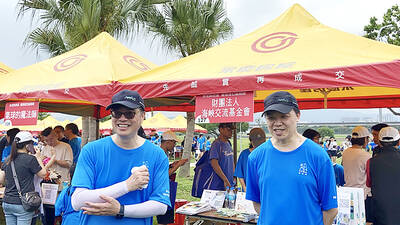
SECURITY: As China is ‘reshaping’ Hong Kong’s population, Taiwan must raise the eligibility threshold for applications from Hong Kongers, Chiu Chui-cheng said When Hong Kong and Macau citizens apply for residency in Taiwan, it would be under a new category that includes a “national security observation period,” Mainland Affairs Council (MAC) Minister Chiu Chui-cheng (邱垂正) said yesterday. President William Lai (賴清德) on March 13 announced 17 strategies to counter China’s aggression toward Taiwan, including incorporating national security considerations into the review process for residency applications from Hong Kong and Macau citizens. The situation in Hong Kong is constantly changing, Chiu said to media yesterday on the sidelines of the Taipei Technology Run hosted by the Taipei Neihu Technology Park Development Association. With
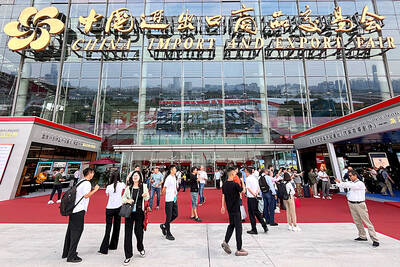
CARROT AND STICK: While unrelenting in its military threats, China attracted nearly 40,000 Taiwanese to over 400 business events last year Nearly 40,000 Taiwanese last year joined industry events in China, such as conferences and trade fairs, supported by the Chinese government, a study showed yesterday, as Beijing ramps up a charm offensive toward Taipei alongside military pressure. China has long taken a carrot-and-stick approach to Taiwan, threatening it with the prospect of military action while reaching out to those it believes are amenable to Beijing’s point of view. Taiwanese security officials are wary of what they see as Beijing’s influence campaigns to sway public opinion after Taipei and Beijing gradually resumed travel links halted by the COVID-19 pandemic, but the scale of
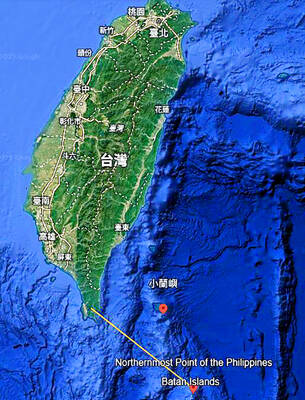
A US Marine Corps regiment equipped with Naval Strike Missiles (NSM) is set to participate in the upcoming Balikatan 25 exercise in the Luzon Strait, marking the system’s first-ever deployment in the Philippines. US and Philippine officials have separately confirmed that the Navy Marine Expeditionary Ship Interdiction System (NMESIS) — the mobile launch platform for the Naval Strike Missile — would take part in the joint exercise. The missiles are being deployed to “a strategic first island chain chokepoint” in the waters between Taiwan proper and the Philippines, US-based Naval News reported. “The Luzon Strait and Bashi Channel represent a critical access
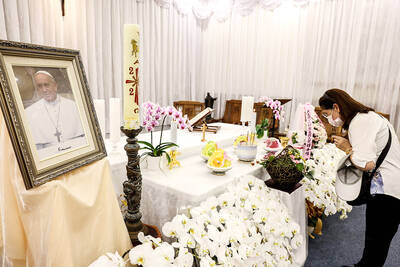
Pope Francis is be laid to rest on Saturday after lying in state for three days in St Peter’s Basilica, where the faithful are expected to flock to pay their respects to history’s first Latin American pontiff. The cardinals met yesterday in the Vatican’s synod hall to chart the next steps before a conclave begins to choose Francis’ successor, as condolences poured in from around the world. According to current norms, the conclave must begin between May 5 and 10. The cardinals set the funeral for Saturday at 10am in St Peter’s Square, to be celebrated by the dean of the College